The worst Porsche 911s | Thank Frankel it's Friday
 Andrew Frankel
Andrew Frankel
Last month saw the 60th anniversary of the unveiling of the Porsche 901 at the 1963 Frankfurt Motor Show. Last month I was also in California at the seventh Rennsport Reunion, the largest gathering of all things Porsche there has ever been anywhere in the world. It was also where I found the sixth and seventh 901s ever made, two of just 82 such cars created before Peugeot got stroppy and asserted its rights to all three-digit numbers with a zero in the middle and the 901 became the 911.

So these cars have been on my mind even more than usual of late. I’ve even resorted to that rather sad pastime of speccing my favourite on the Porsche configurator, despite having zero chance of ever being able to convert it from fantasy to reality. As you’re asking, it’s not a GT3 RS or a similarly esoteric exotic, but a nice simple 911 Carrera T, in Gentian blue, with clear glass, deleted badging and, somehow because it doesn’t seem possible to option it, silver rather than black wheels. Perfect.
But perhaps we’re all a bit sick of reading stories about how wonderful 911s are so, by way of balance, I thought I might look back over these last six decades and pick out not some of the best, but the worst. It’s not been easy because I bow to few men in my admiration of the 911 breed as a whole, but even this most iconic of sports cars has not managed to survive 60 years without racking up a few duffers along the way. And as luck would have it, we start with another 911T.

This was the cut-price, powered-down 911 introduced to replace the four-cylinder 912 in 1967. The 912 has an unfair reputation because it only had around 90PS and sounded like a Beetle, but people forget the engine was not merely smaller and therefore lighter, but that all the weight was lost exactly where it was needed: at the back of the engine bay. As a result, 912s are quite the best balanced and sweetest handling of the very early 911s. But the ‘T’ had all the weight and its inconvenient distribution of other 911s, but without their power. Yes, with 110bhp it was stronger than the 912, but it was heavier too so in the real world, little faster and nothing like so nice to drive.
Next come the early SCs built in 1977. These cars are tempting because they have galvanised bodies so don’t rot like the earlier cars, but their 3-litre engines were in a very sober state of tune, even compared to earlier 911s: while the 2.7-litre motor put out 210bhp, the early 3-litres were good for a mere 180bhp. So while they could be made to look like supercars with the optional whale tail spoiler and low profile Pirelli P7 tyres, the truth is their real-world performance was closer to that of the new breed of hot hatchbacks that started to appear at around the same time. The 204bhp version introduced in 1980 was a far better bet, but really it was the Carrera of 1984 with its 231bhp which really put the 911 back on track.

We now spool forward to the end of the 1980s and the 964 series of 911s. These were panned at the time for their ugly, big bumper bodywork, sanitised interiors and power steering, but my problem with them involves none of the above. Instead, it’s the fact that this was the first 911 to be made with four-wheel drive as an option. Later systems became much better, but back in the 964 days they actually comprehensively spoiled the car’s handling, turning what was actually quite a sweetly balanced car by the 911’s fundamentally unbalanced standards, into an inveterate understeerer.
There’s another 964 next, the 3.6 Turbo from 1994. This was the last 911 Turbo to be boosted by a single turbocharger and the last not to have four-wheel drive. It was remarkably quiet and felt very sophisticated until you reached the limit when it swiftly became the most difficult 911 I’ve ever driven. It would understeer dramatically and then, if you tried to quell it, snap into savage oversteer. In short, the rewards on offer were not worth the risks required to enjoy them.

The next is the first of the 996 series, made from 1998 and the first 911 to have genuinely nothing to do with the original. I cared little for it when it was new because its engines were cooled by water, not air, its quality had taken a tumble and it felt less involving to drive, despite being both lighter and more powerful than the 993 it replaced. What we didn’t know then was that its engine also came with design flaws as standard leaving plenty of owners with massive bills further down the line. GT3 and Turbo models were unaffected as they used a different motor, but it wasn’t until the second generation of the subsequent 997 series that the problem was properly sorted out for the mainstream cars.
And that’s about it. Not much of a list from 60 years of production is it? There are modern 911s I like more than others – I’ll always take a rear-drive manual coupe over anything with a soft or Targa top, PDK gears or four-wheel drive, but none of that makes them bad cars: they’re good cars, just for someone other than me.
Porsche
911
Thank Frankel it's Friday
Road
News





